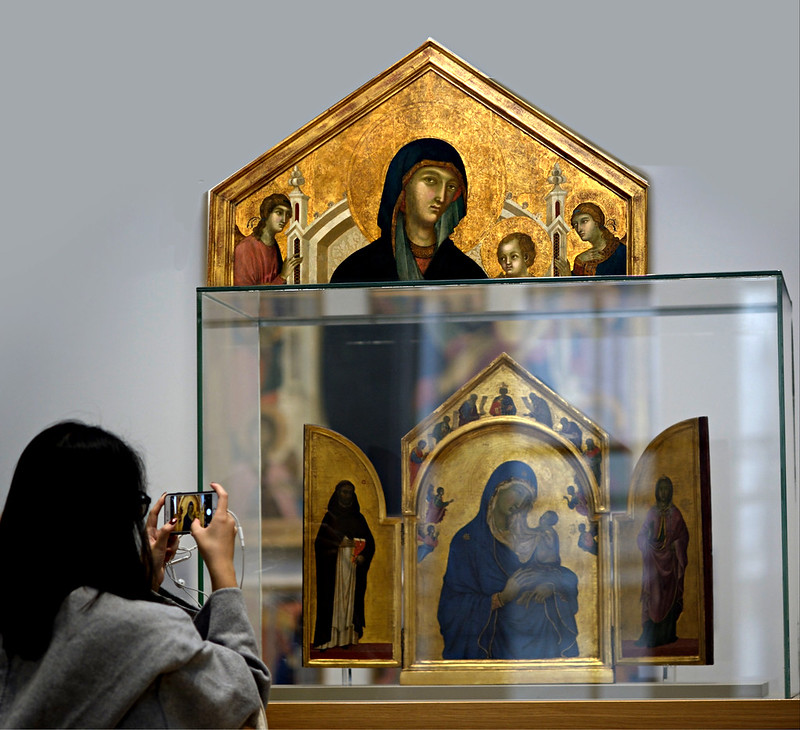Duccio, Madonna and Child, ca.
1300 (Photo:Wikimedia CommonsPublic Domain)This post may contain affiliate links.
If you make a purchase, My Modern Met may earn an affiliate commission.
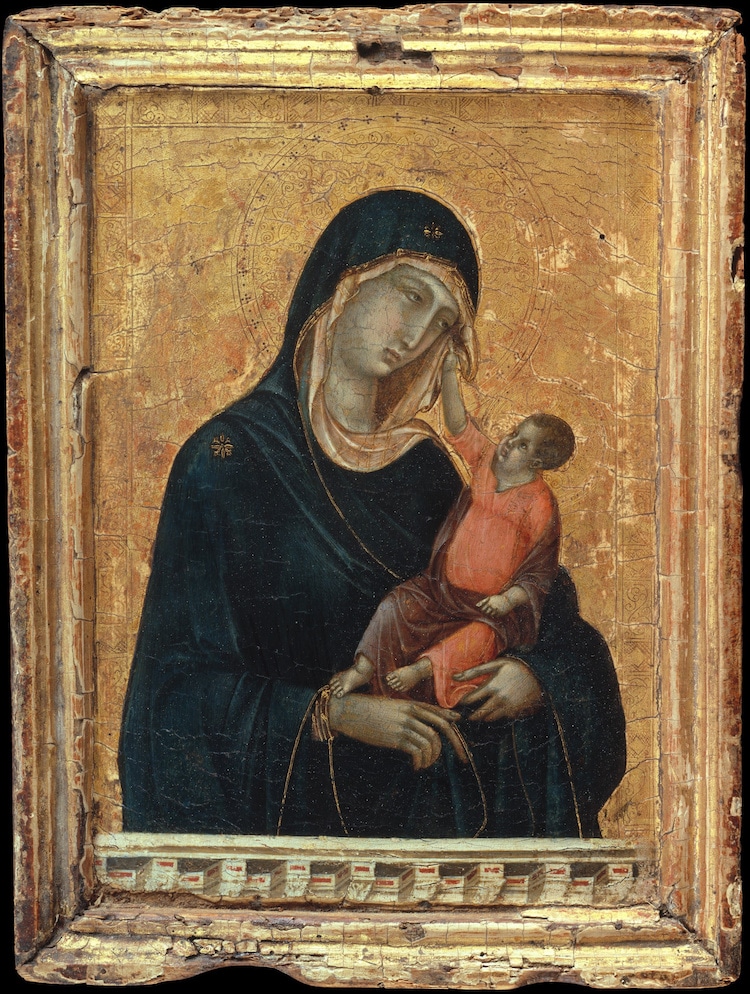
Duccio, “Madonna and Child,” ca. 1300 (Photo:Wikimedia CommonsPublic Domain)This post may contain affiliate links. If you make a purchase, My Modern Met may earn an affiliate commission. Please readour disclosurefor more info.
like readour disclosurefor more info.
Today, Duccio is regarded as one of the Middle Ages' most groundbreaking artists.
Who was Duccio?
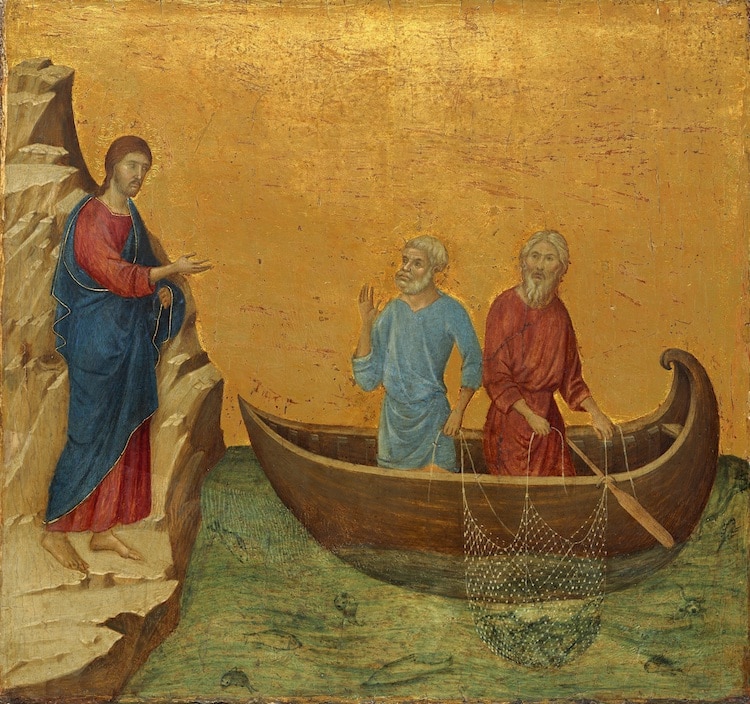
Duccio, “The Calling of the Apostles Peter and Andrew” (detail from the back of the Maestà), 1308-1311 (Photo:Wikimedia CommonsPublic Domain)
The earliest recorded evidence of Duccio’s artistic practice is dated 1278.
The following year, he was compensated for another government project: painting book covers.
Duccio, Madonna Rucellai, ca.
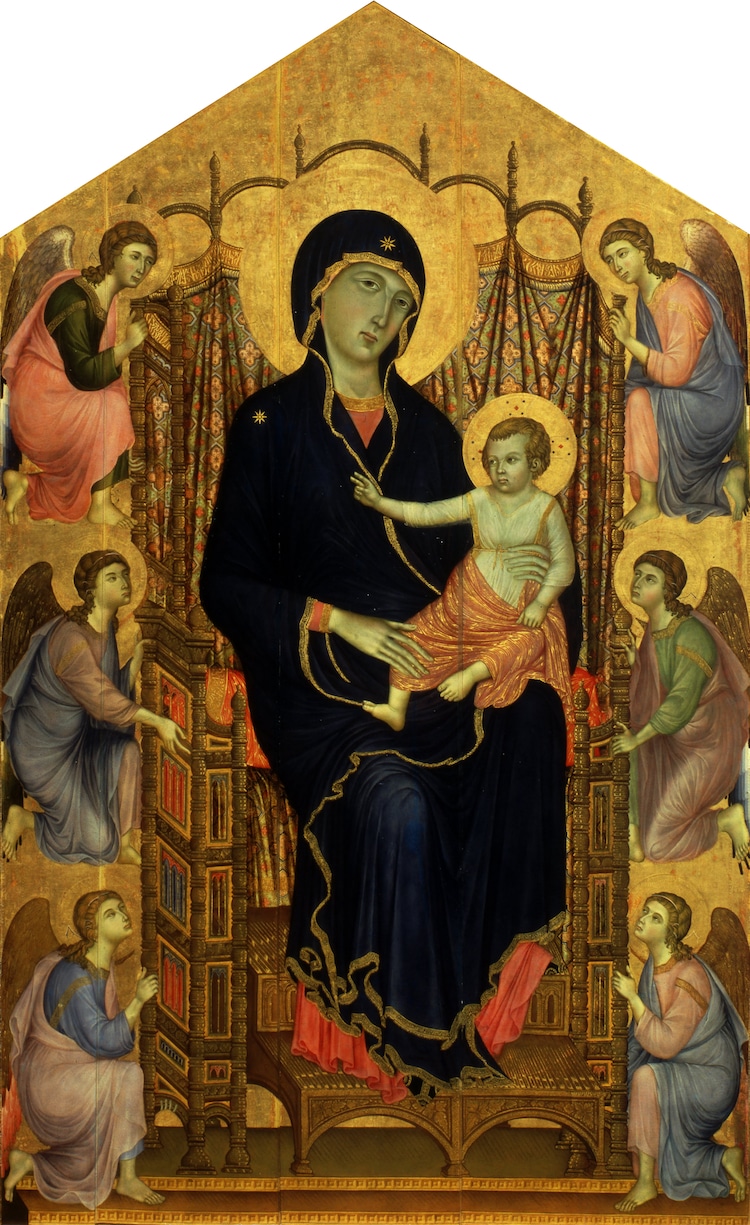
Duccio, “Madonna Rucellai,” ca. 1285 (Photo:Wikimedia CommonsPublic Domain)
Cimabuewho famously mentored Giotto, the Father of the Renaissancecrafted religious panel paintings adorned withgold leaf.
Cimabue undoubtedly played an important role in Duccio’s artistic development.
Duccio completed theMaesta(Majesty)in 1308.
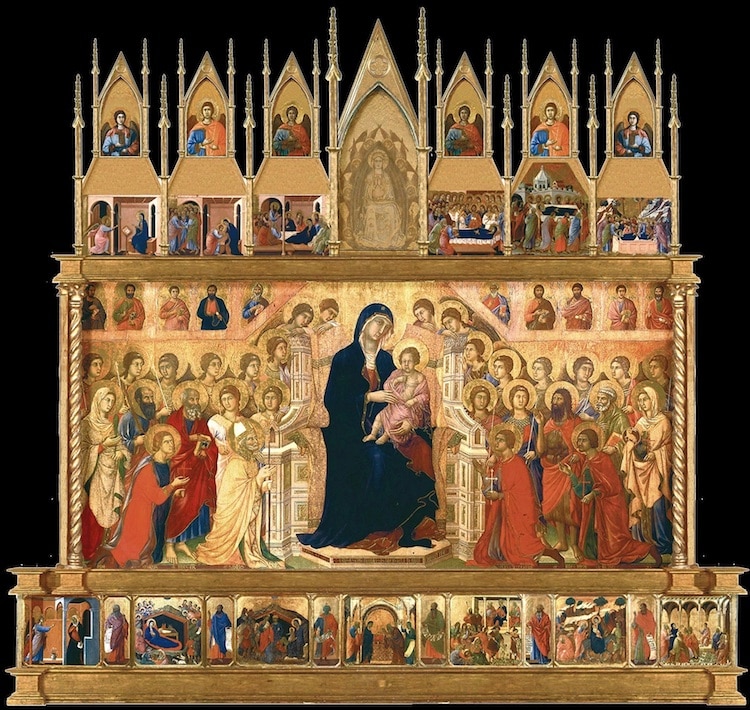
Duccio, “Maestà,” 1308–1311 (Photo:Wikimedia CommonsPublic Domain)
Intended to adorn the Cathedral of Siena, this double-sided altarpiece comprises several storytelling panels.
Most often, he rendered these minute intricacies intempera paint.
Duccio also adorned his works with details rendered in mediums other than paint.
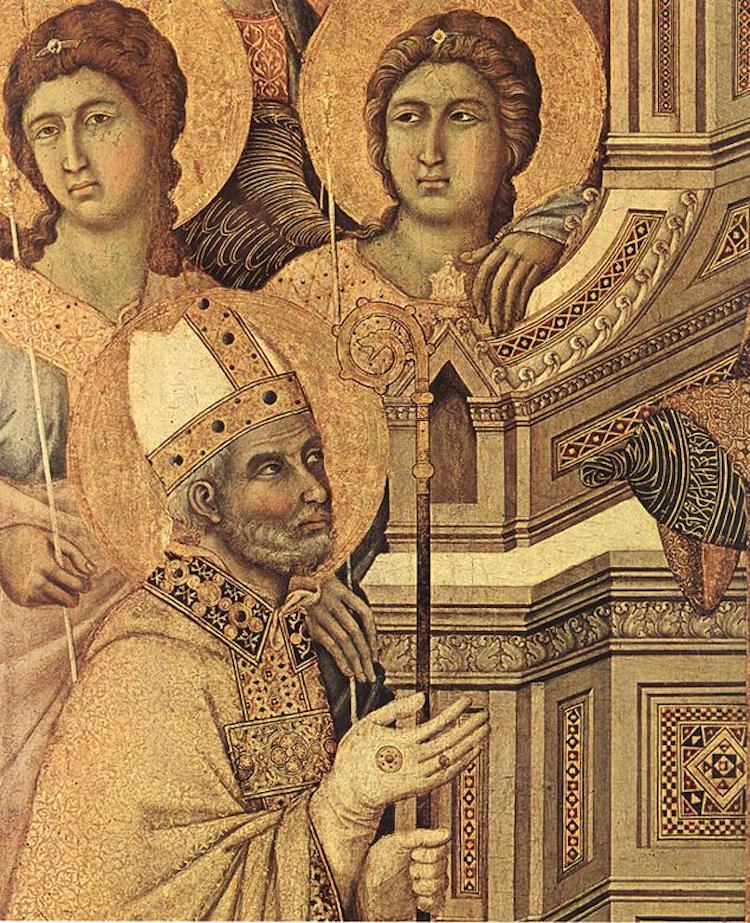
Duccio, “Maestà” (detail, 1308–1311 (Photo:Wikimedia CommonsPublic Domain)
This approach resulted in softer forms and figures, like those featured in theMaesta.
Hints of Humanism
Duccio’s tendency to soften lines foreshadowed a major shift in Italian art.
Duccio’s Legacy
Today, Duccio is widely regarded as the Father of Sienese painting.
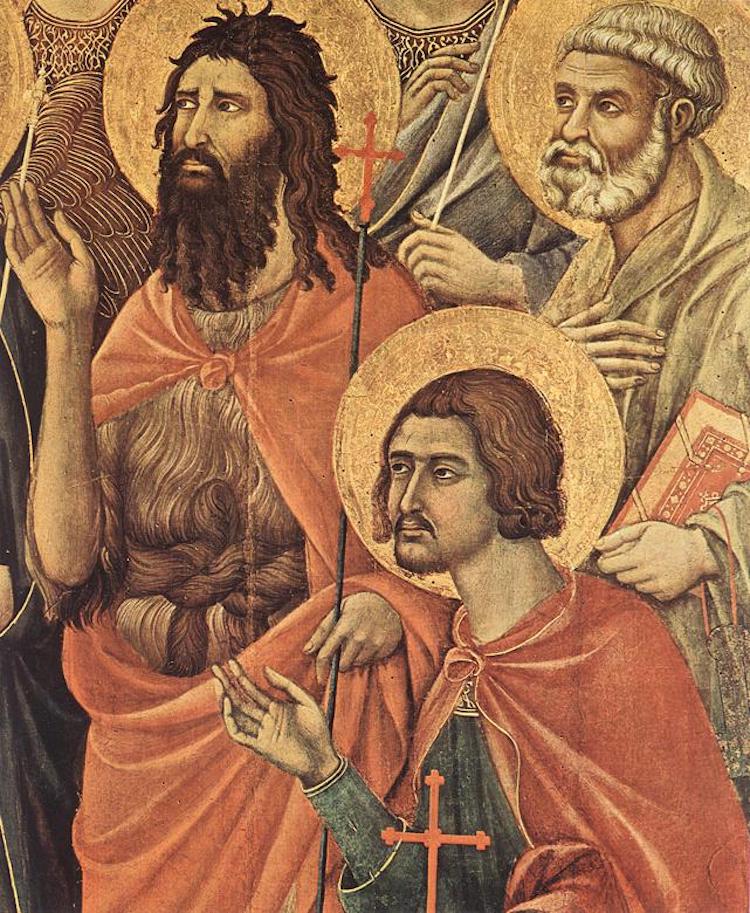
Duccio, “Maestà” (detail, 1308–1311 (Photo:Wikimedia CommonsPublic Domain)
His legacy, however, extends beyond his Italian birthplace.
In 1711, it was dismantled in an attempt to source its pieces and split it into two altarpieces.
While many fragments have since been lost, some have made their way into museums across the globe.
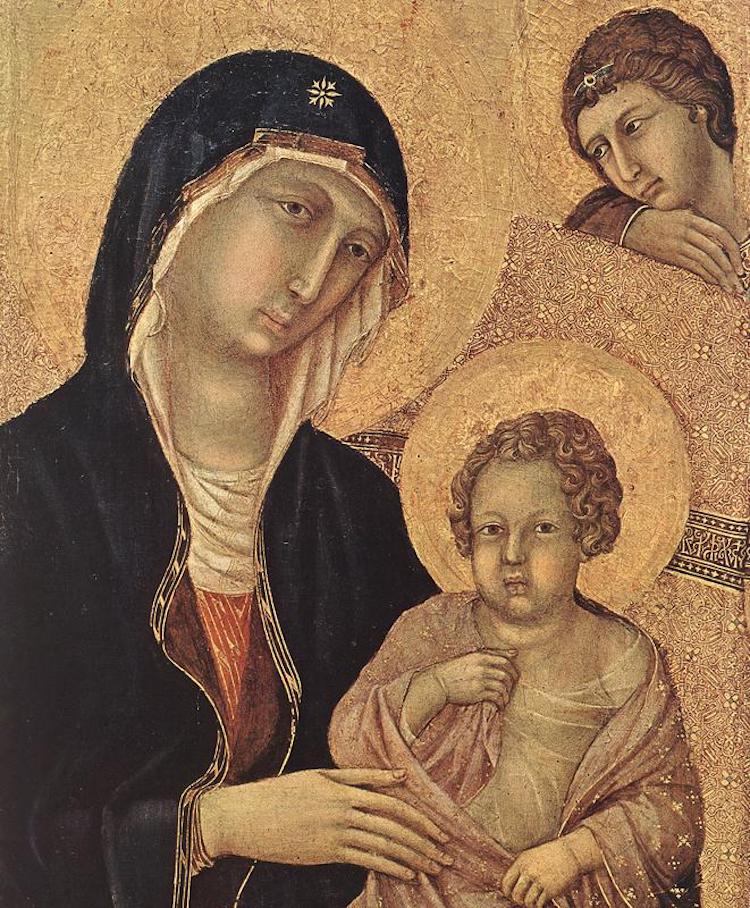
Duccio, “Maestà” (detail, 1308–1311 (Photo:Wikimedia CommonsPublic Domain)
